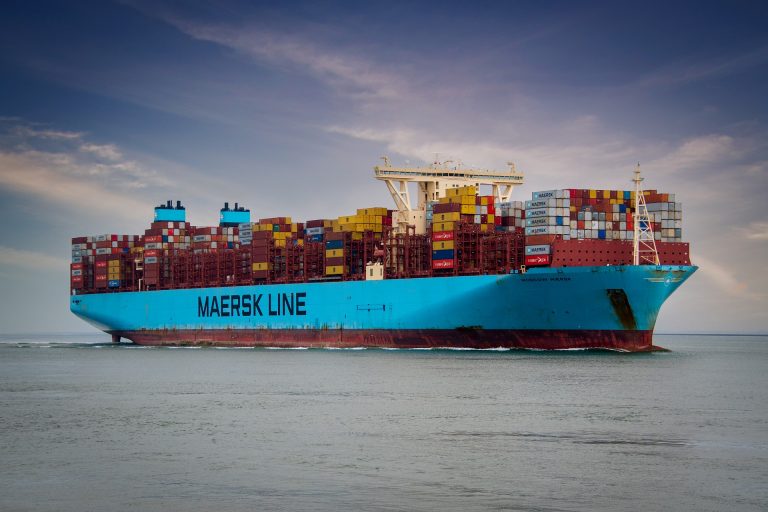The pandemic has disrupted supply chains, causing product shortages and pushing up inflation. As the Omicron wave spreads, the situation is expected to worsen. Shanghai port in China, considered to be the biggest container port in the world, is facing severe congestion after the nearby Ningbo port suspended some trucking activities due to a COVID-19 outbreak. The Ningbo port ranks alongside the Shanghai port as one of the busiest in China.
In addition to Ningbo, several other ports in the country are battling COVID-19 outbreaks and have implemented restrictions on movement. With ships getting rerouted to “healthy” ports like Shanghai, the backlogs are building up at these key points. Adding to the problem is the strict COVID-19 testing protocols implemented at the ports that have resulted in understaffing and a slowdown in operations.
According to a Jan. 13 report by Bloomberg, container ships that were rerouted to the Shanghai port have experienced delays of about a week. This can, in turn, cause delays in U.S. and European ports which are already struggling with backlogs.
According to Alex Hersham, CEO of digital freight-forwarder Zencargo, ships could soon start avoiding Chinese ports altogether.
“The port congestion issue will continue to impact restocking cycles this quarter, alongside the omicron breakout and the impending Chinese New Year closures in China,” Josh Brazil, vice president of supply chain insights at logistics intelligence firm project44, told the media outlet.
Success
You are now signed up for our newsletter
Success
Check your email to complete sign up
In the Tianjin port, trucking capacity is said to be half the normal levels, with truckers mandated to get tested for COVID-19 before entering the port. Truckers are also being tested in Shenzhen following a COVID-19 outbreak.
Many ships have queued at the port, with the Shekou terminal limiting the full acceptance of goods. The Omicron wave has also reached the Dalian port city.
According to a Jan. 4 report by Lloyd’s List, only 6,000 local container drivers from the available 20,000 were given special passes to enter and exit the Ningbo port. One freight forwarder stated that shipment delays were inevitable. The restrictive rules have forced some factories and warehouses to dial down the delivery and pickup of cargo.
“Some truck drivers trapped in the lockdown area are unable to apply for the passes. Some are reluctant to go to Beilun and the terminals now deemed as a covid-risky area that can invoke quarantine requirement in other cities… The impact is worse because we are now in the peak season for exports ahead of the Chinese New Year,” the freight forwarder stated.
The disruption in activity at the ports has affected shipping companies. Maersk, one of the leading shippers in the world, has not experienced any stress in operations due to the outbreak in Tianjin. However, the outbreak in Ningbo has affected some of its operations.
“One Maersk warehouse in the area has ceased operations as requested. Impacted customers have been notified directly. We’re closely monitoring the situation and will have contingency plans ready when necessary,” the company told Fortune.
In a recent note to clients, Frederic Neumann, co-head of Asian Economics Research at HSBC, warned that the Omicron wave could result in a “mother of all supply chain stumbles” if it spreads throughout Asia and causes factories to close shop. Omicron is already highly active in Europe and the United States.
“A rapid spread of Omicron across Asia — from Korea to India, and mainland China to Indonesia — raises the risk of major production disruptions… And, here, Omicron, might prove even more disruptive than past waves: with slower-moving variants, many governments were able to shield essential manufacturing operations, limiting the impact on the output of essential goods and components,” the note said.














